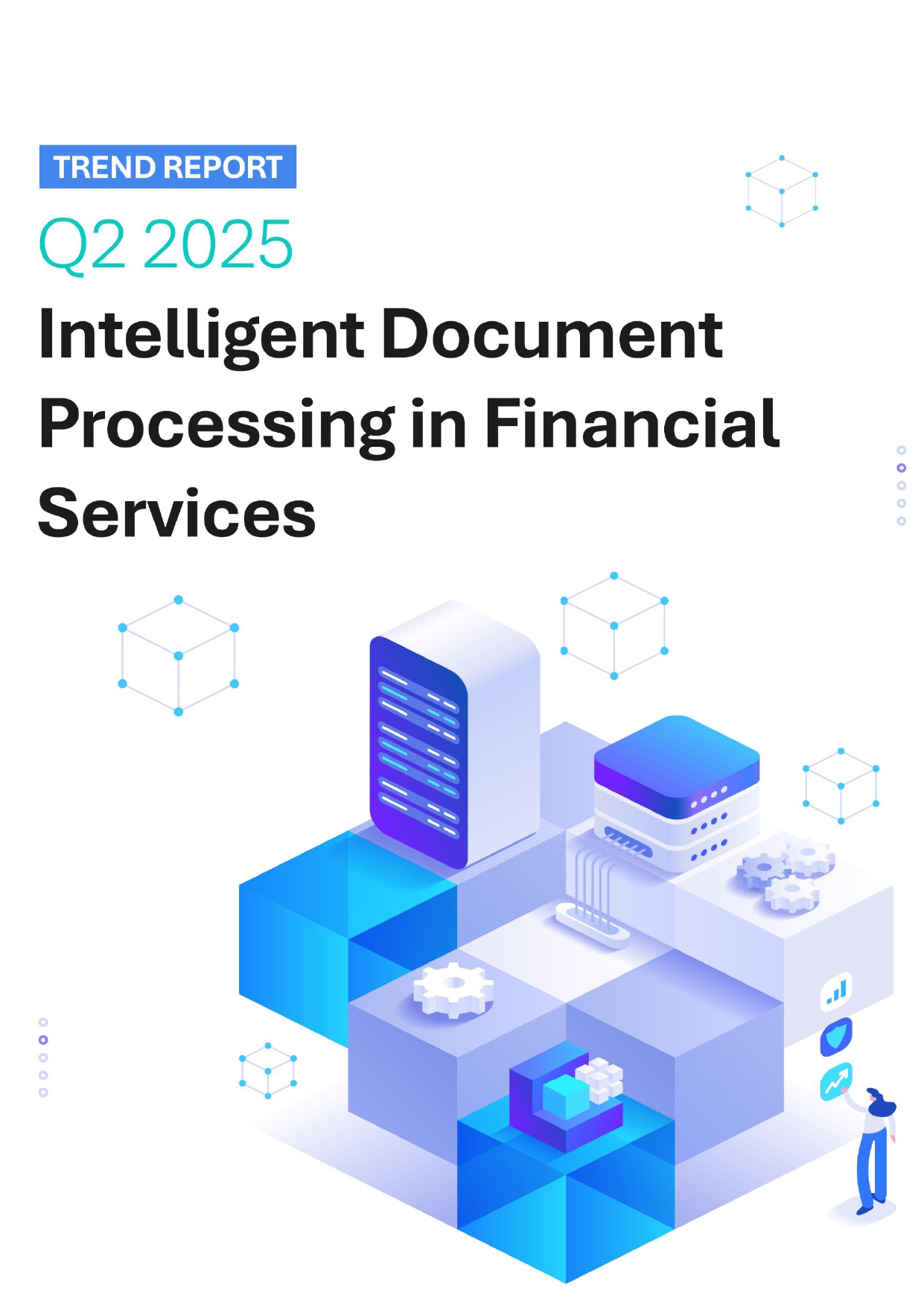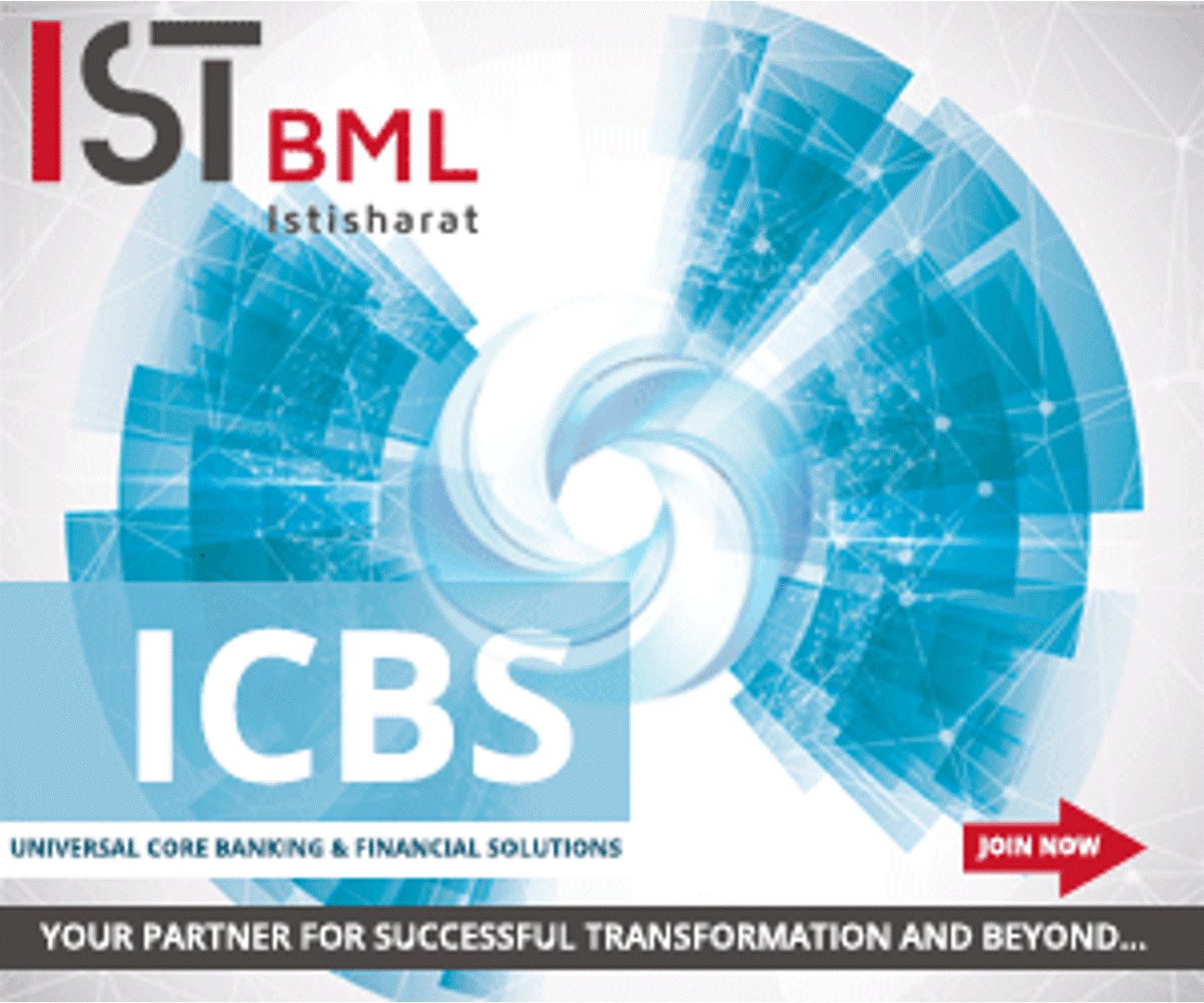 Back
Back
Private credit market hits $1.5tn, driven by non-traditional lending trends
By Puja Sharma

Private credit’s market size is estimated to have grown from $137 billion in 2006
Marmore MENA Intelligence, a subsidiary of Kuwait Financial Centre “Markaz” released its research report on private credit, an emerging asset class that has entered the radar of many investors given its strong past performance and attractive estimated returns. The report seeks to unwrap the basics of private credit, addressing key questions such as reasons for investor interest, private credit vs private equity, role of private credit in one’s portfolio etc. It also discusses the performance of the asset class, major players, institutional interest, key risks, and regulatory environment.
Private credit’s market size is estimated to have grown from $137 billion in 2006 to $1.5 trillion in 2022. According to Marmore’s report, private credit’s growth has been driven by pull back in bank lending following the global financial crisis, amid regulatory oversight and market turbulence. In recent months, monetary tightening, macroeconomic uncertainty, and banking crisis in the U.S have led to tightening of lending by the banks, spurring growth in private credit.
In terms of long-term performance, private credit has outshone other debt instruments. According to the report, a comparison of risk-return profiles of asset classes, direct lending, a segment of private credit, has lower risk and higher return than its more liquid public market peers. Over the long term, 2009–19 vintage funds have generated a median net IRR of 9.3%.
Many major global fund managers offer exposure to private credit. The report discusses major players and the cost structure of private credit funds. Sovereign investors are also evincing increasing interest in private credit. According to Global SWF, among top 10 global state-owned investors (SOIs) by AuM, average allocation to private credit has grown from 2% in 2015 to 3.2% in 2020.
Marmore’s report also discusses the risks associated with private credit such as credit risk, illiquidity risk, opacity etc. As private credit funds are typically closed ended, investors might not be able to take their money out during downturn. Higher interest rate environment also increases default risk. Given the growth of the industry and involvement of retail investors, there is growing concern amongst regulators about the systemic risk posed by the segment. In this backdrop, the report also highlights recent key regulatory developments in private credit.
Going forward, tightening lending standards by the banks amid expected moderation in economic activity, borrowers’ preference for speed and customization offered by private credit, investors’ desire for diversification are likely to drive growth of private credit. However, given the emerging nature of this asset class, lack of transparency and evolving regulatory space, the segment is more suitable for institutional investors and high net worth individuals.
IBSi FinTech Journal

- Most trusted FinTech journal since 1991
- Digital monthly issue
- 60+ pages of research, analysis, interviews, opinions, and rankings
- Global coverage
Other Related News
Related Reports

Sales League Table Report 2025
Know More
Global Digital Banking Vendor & Landscape Report Q2 2025
Know More
NextGen WealthTech: The Trends To Shape The Future Q4 2023
Know More
Intelligent Document Processing in Financial Services Q2 2025
Know More


